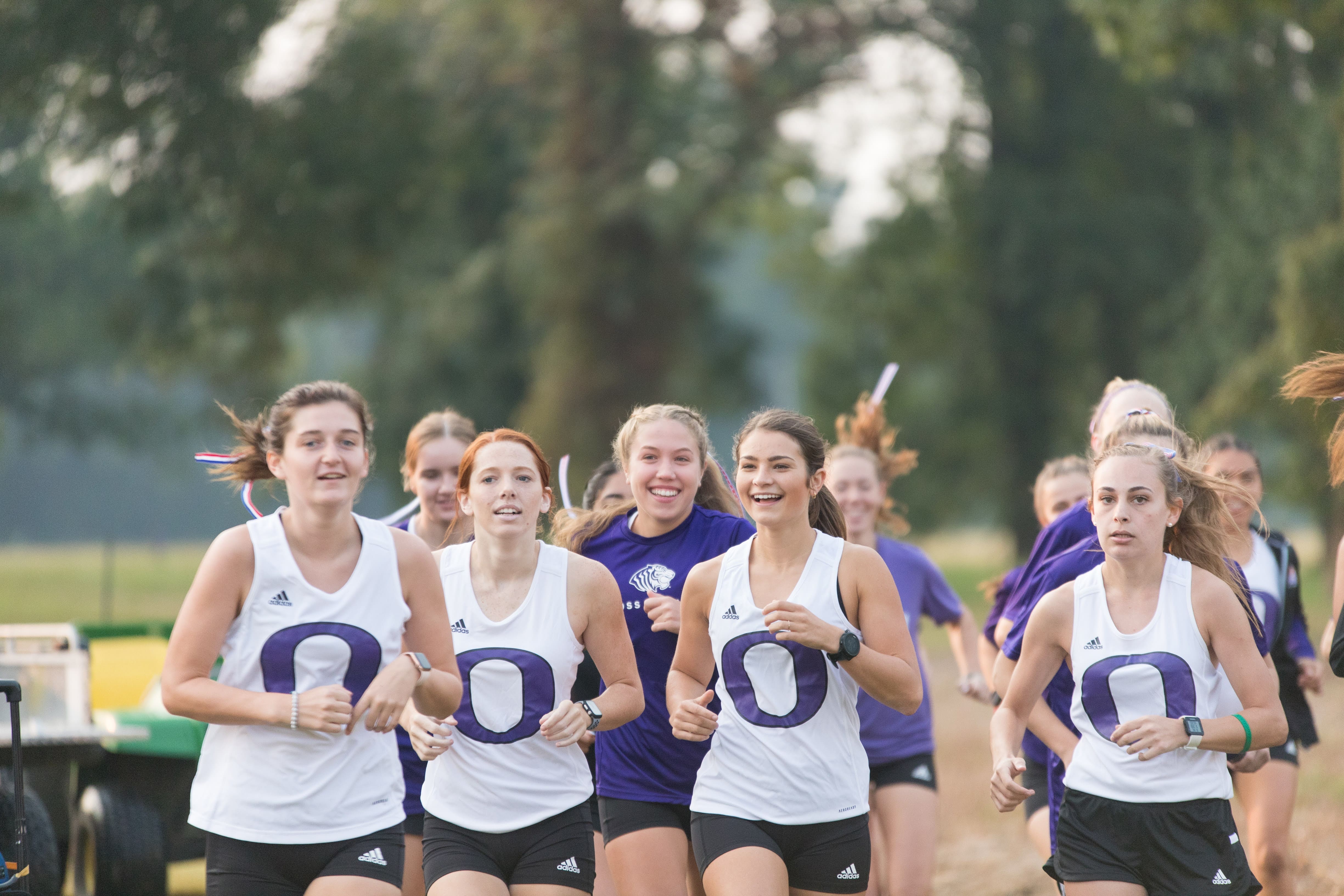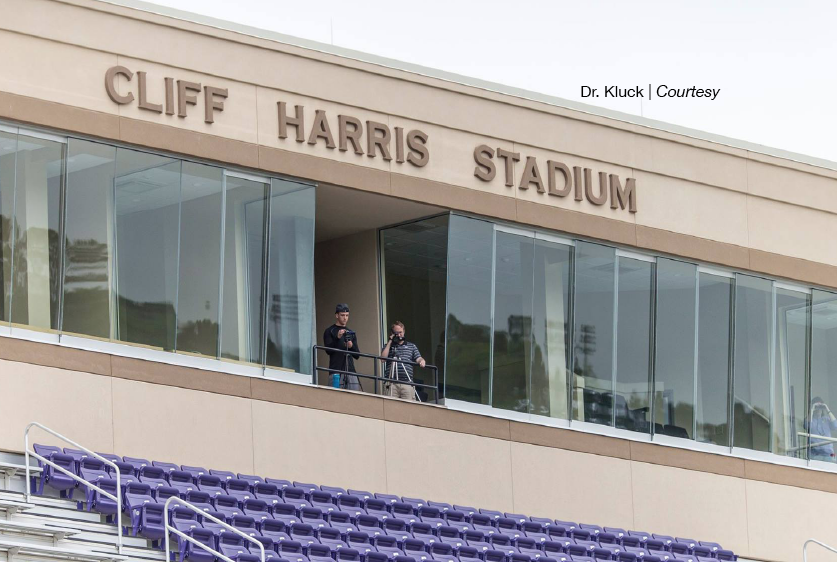Every year on Selection Sunday, college basketball fans around the country flock to their televisions to watch the NCAA Tournament Bracket unveil before their eyes. For one hour all that matters to most fans is what their team is seeded and who they’re playing in the first round. For fans like me who cheer for teams such as the Razorbacks, we get to sweat it out in hopes that by some unforeseen miracle we’ll make the tournament, but that’s beside the point. What I’m trying to get at is that all this hysteria and anxiousness is controlled by a single group: the NCAA Selection Committee.
This hodgepodge of athletic directors and conference commissioners has the final say on at-large bids, team seeding, and matchup location. The main statistics that the committee seems to harp on are RPI, BPI (recently created by ESPN), strength of schedule, and number of wins against quality opponents (Top 100 RPI or better). Personally, I think that how a team is playing later in the season should have more of an impact because that’s probably the type of team they’ll be in the tournament, but that has seemed to carry less weight lately.
Most years I try to at least sympathize with the pressure the committee must feel, but this year I’ve found it more difficult to understand some of their choices. First of all, how does SMU not get into the tournament but North Carolina State does? SMU finished the season with a 23-9 (12-6) record, a 55 RPI, and four solid top-40 wins against Connecticut (twice), Cincinnati, and Memphis who are all in the tournament. On top of that, the Mustangs ended the year ranked in the top 25. NC State compiled a 21-13 (9-9) record, was 3-8 against top 50 RPI teams, and also had three bad losses to teams with an RPI of 100 or higher. To me, SMU is clearly the team that should’ve gotten in. In fact, California, Green Bay, Southern Miss, Minnesota, Missouri, and Arkansas all have legitimate arguments that they should’ve made it in instead of the Wolf Pack.
Seeding the teams that get in is a tricky practice, and it seems to have gotten the best of this year’s committee. All four number one seeds are legitimate title contenders, so I don’t have much argument with them, but after that, there are some questionable decisions. In my opinion, BYU, St. Louis, and Colorado were clearly over seeded. The BYU Cougars had some bad losses, one of them off the court with the loss of their top player, Kyle Collinsworth, to injury. They were thought to be on the bubble going into Selection Sunday, so a 10 seed is fairly high for them. St. Louis is teetering lately losing four of five, and the Billikins have a non-conference strength of schedule of over 100 with their best victory coming against Indiana State. SLU should be more like a 7 or 8 seed based on its resume. Colorado is another team that has been playing average to below average basketball after losing its top impact player. The Buffaloes started out the season well, but they’re just not the same team now and should’ve been lower than an 8 seed. On the flip side, New Mexico, St. Joe’s, two SEC teams, and Louisville were seriously undervalued in the selection process. NMSU, seeded at 7, won the Mountain West regular season and conference tournament while only losing 3 games by a total of 7 points since December. St. Joe’s looks more like a 6 or 7 seed rather than the 10 seed it received after winning the Atlantic 10 and piling up six top 50 victories. In the SEC, teams other than Florida didn’t get much respect from the committee. Kentucky, who is playing well of late, dropped to an 8 seed after losing 10 games in an unimpressive SEC. I would look for the Wildcats to win their first game and give Wichita State a run for its money in the round of 32. Tennessee, a team that beat number one seeded Virginia by 35 earlier in the season, is forced to compete in a play-in game just to receive an 11 seed and take on Massachusetts in the first round. The Volunteers are another team that could surprisingly win a game or two in the tourney. The biggest mis-seeding of the year happened to the Louisville Cardinals, champions of the American Athletic Conference. The committee showed little regard to the AAC, and it showed in the Cardinals seeding as well as the snubbing of SMU. Louisville, in most people’s eyes, was in a battle for a 2 seed, but received a 4 seed from the committee. The Cardinals have the coaching from Rick Pitino and the scoring from Russ Smith to be able to make a run for back to back championships this year.
March is a beautiful time for college basketball fans. It’s filled with Cinderella stories, buzzer beaters, and moving storylines ending in “One Shining Moment.” The fact is, this month has enough madness without the selection committee adding to it. I think the selection system either needs to be revised, clarified, or replaced. Right now it’s too formulaic. If Joe Lunardi can pick a majority of the teams correctly without watching games, something is wrong. So if someone reading this has any power in the process at all, do two things for me – one, clean up the process. March Madness can be a wonderful thing if carried out appropriately. And two, send my regards to Wichita State. That Midwest region is brutal.
By: Tyler Davis





